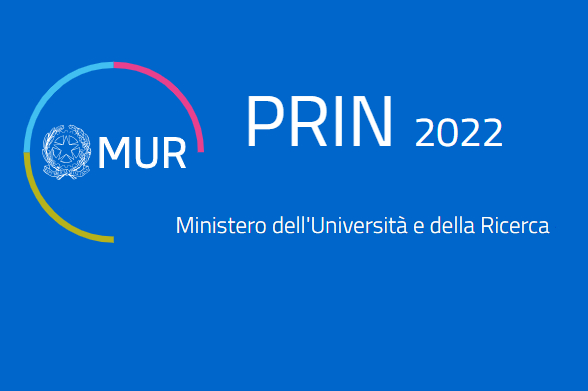Currently, most maintenance procedures for critical infrastructure (CI) rely on manual intervention, which requires physical contact with the structure. Inspections often consist of visual observations, which can be labor-intensive and costly. The development of intelligent and secure Internet of Things (IoT)-based sensing solutions can enhance the Structural Health Monitoring (SHM) of critical infrastructure such as bridges or roads. The main goal of DOSSIER is to introduce an advancement in how CIs are monitored. The project aims to leverage sensor technologies for non-invasive instrumental monitoring (e.g., ultrasound, electromagnetic detection, radar, satellite data, and other heterogeneous data sources) to safely monitor the state of infrastructure in order to detect potential anomalies through artificial intelligence models. The project outcomes will support the extension of the remaining service life of existing structures, resulting in reduced time and inspection costs compared to existing inspection methods. Specifically, DOSSIER aims to achieve the following technological milestones:
- Data acquisition from multiple and heterogeneous sources, addressing the challenges of data normalization and data synchronization;
- Definition of a predictive model based on machine learning and deep learning techniques to produce early warnings regarding the structural health of a CI;
- Rule-based processing of security-related information from different sources and business applications; this processing addresses scalability and provides a resilient structure capable of functioning even under stressful conditions.
ICAR Scientific Advisor: Giovanni Paragliola
Call: PRIN PNRR 2022
Application domain: Artificial Intelligence, Cyber-Security, Predictive Maintenance
Period: 2023-11-30 – 2025-12-31

